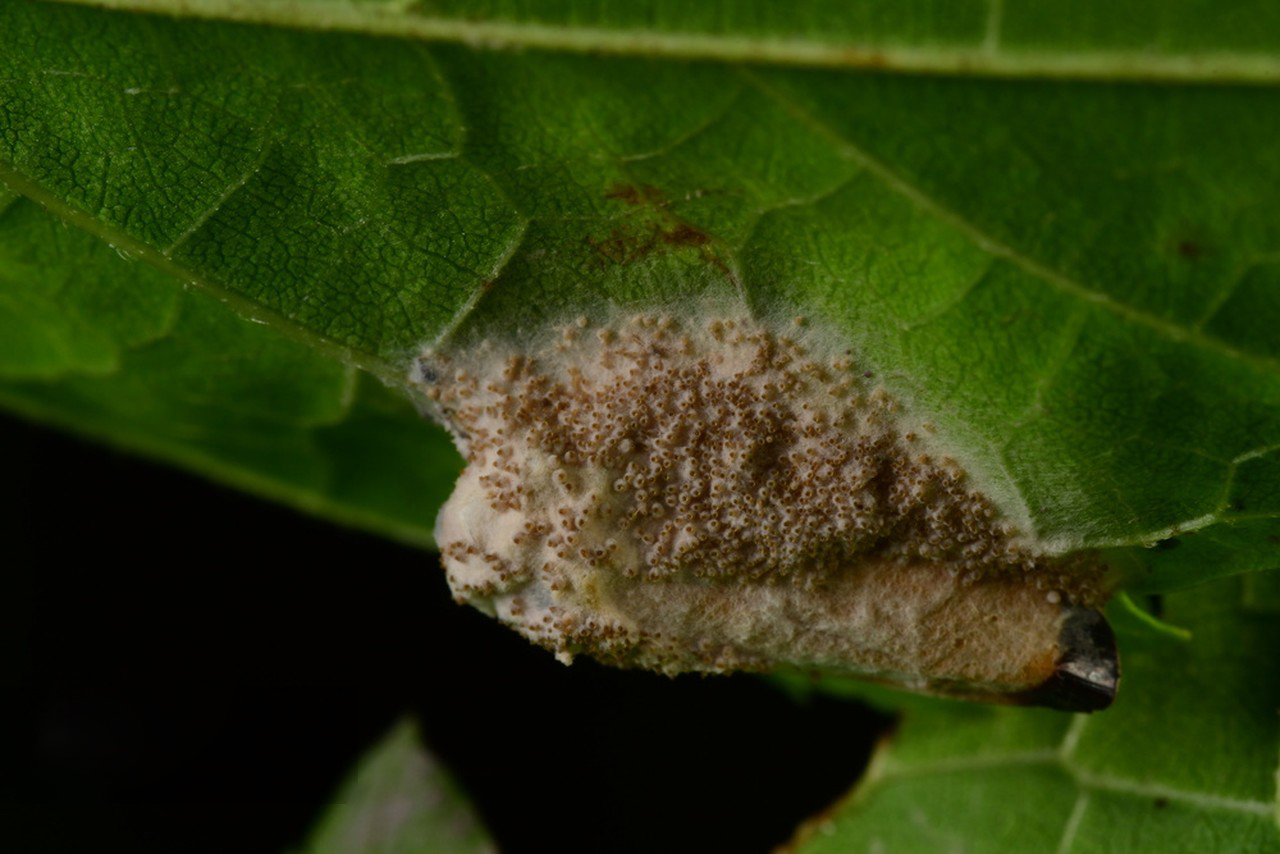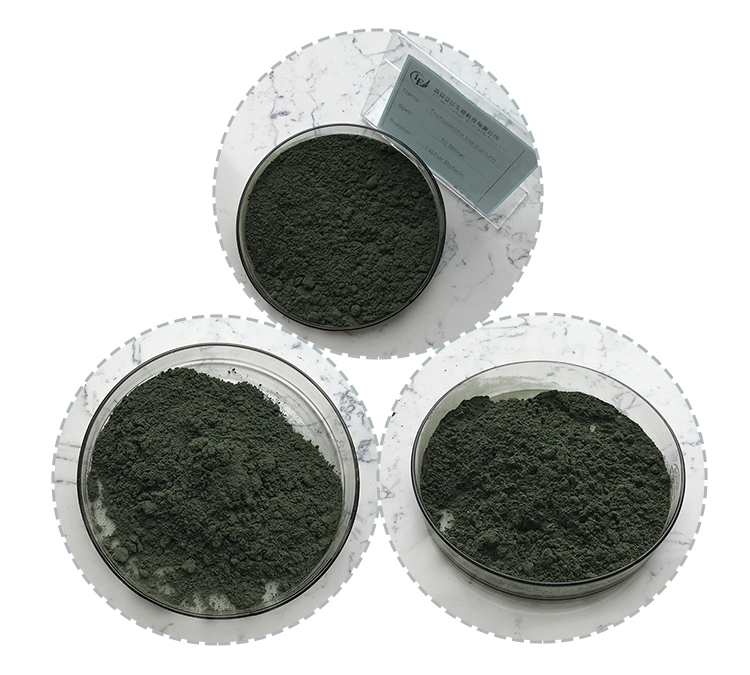Trichoderma harzianum is a species of fungus commonly found in soil, plant roots, and decaying wood. It belongs to the fungal genus Trichoderma, which comprises a diverse group of fungi known for their beneficial properties in agriculture, industry, and medicine.
Origin of Trichoderma Harzianum:
Trichoderma harzianum was first isolated and described by Rifai in 1969 from soil in Côte d’Ivoire, West Africa. The species was named after H. Harz, a German mycologist. Since its discovery, Trichoderma harzianum has been extensively studied for its biocontrol and plant growth-promoting properties.
Nature of Trichoderma Harzianum:
1.Biocontrol Agent: Trichoderma harzianum is renowned for its ability to suppress plant pathogens through various mechanisms such as competition for nutrients, antibiosis (production of antibiotics), and mycoparasitism (attacking other fungi).
2.Plant Growth Promotion: Beyond its biocontrol capabilities, T. harzianum also enhances plant growth by facilitating nutrient uptake, inducing systemic resistance in plants, and promoting root development.
3.Saprophytic Lifestyle: In nature, Trichoderma species, including T. harzianum, play a crucial role in decomposing organic matter, thereby contributing to nutrient cycling and soil health.
Introduction of Trichoderma Harzianum:
Trichoderma harzianum has been introduced into agriculture and horticulture as a biological control agent to manage various plant diseases caused by soil-borne pathogens like Rhizoctonia, Fusarium, and Sclerotium species. It’s often applied as a biofungicide and biofertilizer in various forms including as a liquid suspension, powder, or granules.
The introduction of Trichoderma harzianum into agricultural practices has gained popularity due to its eco-friendly nature compared to chemical pesticides. Its compatibility with integrated pest management (IPM) strategies has further encouraged its adoption by farmers and growers worldwide.
Trichoderma-based products are commercially available and used in both conventional and organic farming systems to enhance crop productivity and reduce the reliance on synthetic chemicals, thereby promoting sustainable agriculture practices.

In summary, Trichoderma harzianum stands as a prominent example of how beneficial fungi can be harnessed for agriculture, serving as both a biocontrol agent and a promoter of plant health and growth.
The potential benefits of Trichoderma Harzianum
Trichoderma harzianum is a species of fungi commonly found in soil. It has been widely studied and utilized in agriculture and various industries due to its potential benefits. Here are some of the key advantages associated with Trichoderma harzianum:
1.Biocontrol Agent:
Pathogen Suppression: Trichoderma harzianum is known for its biocontrol capabilities. It acts as an antagonist to various plant pathogens, including fungi, bacteria, and nematodes. It can help suppress the growth of harmful organisms that can cause diseases in plants.
2.Plant Growth Promotion:
Induced Resistance: Trichoderma harzianum can stimulate the plant’s defense mechanisms, leading to induced systemic resistance (ISR). This enhanced resistance helps plants defend themselves against a broad spectrum of pathogens.
Nutrient Uptake: The fungus can enhance nutrient uptake by plants, promoting better growth and development.
3.Stress Tolerance:
Abiotic Stress Resistance: Trichoderma harzianum has been reported to improve plants’ tolerance to various abiotic stresses such as drought, salinity, and heavy metals. This can be particularly beneficial in regions with challenging environmental conditions.
4.Biofertilizer:
Phosphate Solubilization: Trichoderma harzianum has the ability to solubilize phosphates, making them more available to plants. This can improve the overall nutrient status of the soil and enhance plant growth.
5.Bioremediation:
Pesticide Degradation: Some strains of Trichoderma harzianum have shown the ability to degrade certain pesticides. This property can be harnessed for bioremediation purposes, helping to break down environmental contaminants.

6.Commercial Applications:
Agricultural Products: Trichoderma harzianum is incorporated into various agricultural products, including biofungicides and biopesticides, to provide environmentally friendly alternatives to chemical inputs.
Seed Coating: Seeds can be coated with Trichoderma harzianum formulations to protect them from soil-borne diseases and promote seedling health.
7.Sustainable Agriculture:
Reduced Chemical Dependency: The use of Trichoderma harzianum in agriculture can contribute to sustainable farming practices by reducing the reliance on chemical pesticides and fertilizers.
8.Research and Biotechnology:
Genetic Studies: Trichoderma harzianum is often used as a model organism for studying various biological processes and for genetic research in fungi.
While Trichoderma harzianum has demonstrated numerous benefits, its effectiveness can vary depending on factors such as the specific strain used, environmental conditions, and the target plant or pathogen. Researchers continue to explore and optimize its applications in various fields.
